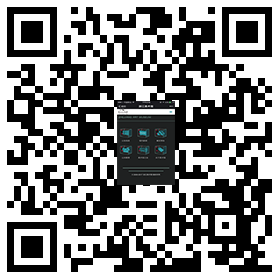“Nanshan 138” Is Opened—Chen Baoyang: Game is the Best Art and Welcome to the Algorithm World of AI+ART
pubdate: 2021/8/4 author: zjam source: zjam click:
On August 1, 2021, “Chen Baoyang: Spotty Crash Course of Computation” hosted by ZJAM was officially opened. This exhibition is part of “Nanshan 138: Contemporary Art Promotion Project for Young Artists in Zhejiang”, a project independently curated by ZJAM to focus on the development ecology of contemporary art in Zhejiang and the production modes of local contemporary young artists in a diversified social context and to encourage young artists to make self-exploration and artistic creations on the basis of in-depth thinking about social realities and cultural innovation. The project is intended to serve as a platform for these young artists to express themselves. In 2021, under the annual theme of “Theatre”, “Nanshan 138” focuses on “performance and viewing” in art museums, committed to presenting the dynamic communication and meaningful production processes of visual cultural narratives through the display of contemporary media. The wave of artistic revolution is coming.
The mixed language of “AI+ART” in the context of the new era emerges as a tribute and overthrow to artistic expression, and a new theory and history will soon be created. Using AI and algorithms as media to transcribe the current life experience into artistic language is the main feature of Chen Baoyang’s artistic creation. Learning both art and technology also allows him to create works that feature dramatic tension and poetic expression on the unique foundation of rationality.
“Spotty Crash Course of Computation” is an exhibition of his discussions on algorithm and computing power over the past four years of creation. These works include both his conversations with algorithms and his and his family’s whispers with the city of Hangzhou. Representative works like “The Earth Is Warming, Let’s Turn on the Air Conditioner”, “Do Androids Dream of Electronic Cows?”, and “Chasing the Mist”, as well as most recent works created in 2021 such as “I Have Seen You Scared in the Rain”, “Fit”, and “Unproven Fallacy Is Scientific” cover various media including digital painting images, digital interactive installations, and AI videos. There are 22 pieces/groups which fully demonstrate how visual narration can enlighten the development and connection of technology and art in the contemporary context. The exhibition focuses on the currently hotspot of AI. This is a discussion about new technology, and it is intended to explore the development and connection of technology and art in the contemporary context. In the exhibition hall, AI and algorithmic works presented in the forms of digital painting images, digital interactive installations, and AI videos start a discussion with the audience on the diverse relationships between AI and people, eliciting thoughts and inspiration on the development of AI technology.
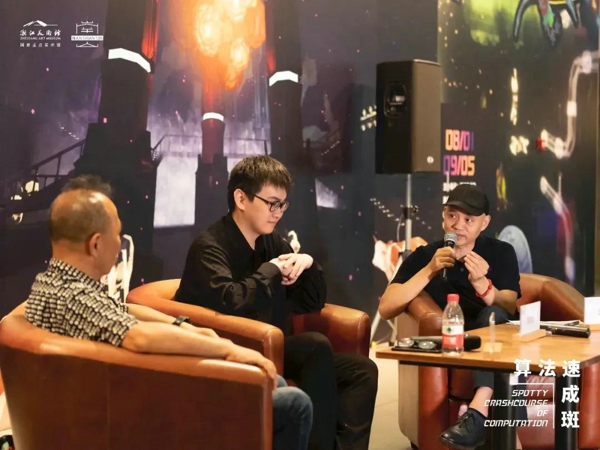
At the Academic Dialogue
In the afternoon of the opening day, artist Chen Baoyang served as an exhibition guide for the audience and had a dialogue with Professor Ying Jinfei, curator of ZJAM and Professor Guan Huaibin, dean of the School of Intermedia Art, China Academy of Art (CAA), on the topic of “Technology and Art”. When speaking about the integration of art and technology systems, Ying Jinfei pointed out that technology and art are so complementary to each other in any development period of history. He said, “The emergence of tubular pigments facilitated the outdoor sketching of impressionists. Optical principles made their color separation possible. Leonardo da Vinci’s scientific research on anatomy and perspective strengthened the spatial expressiveness of realistic painting. Scientific and technological advances always spawn certain forms of art. The development of art must rely on the development of technology and the participation of artists. Foreign countries provide particularly rich experience in the integration of high technology with artists, because artists play an integral role in deciding what can be done technologically and how to do it better. Nowadays, information explosion provides a systematic multi-context. What’s happening in the field of art is also associated with society, and it needs to be discussed in a larger context. With his creative thinking, Baoyang associates outdoor air conditioners with weather and global warming. That’s the imagination of the younger generation of artists when they are concerned about issues and the deep connection between human self-perception and the natural environment. This is very valuable because all innovations must be the results of anti-inertial thinking.”
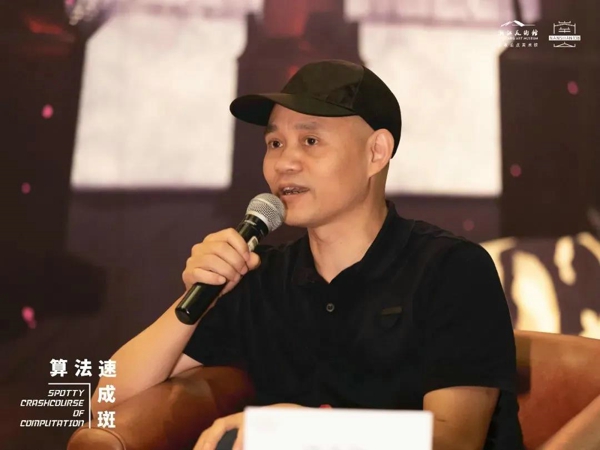
Ying Jinfei, curator of ZJAM
Guan Huaibin said, “Contemporary art has been faced with many difficulties in the century since the emergence of ‘Dada’. Especially in this round of technological revolution and Internet waves, the involvement of the algorithm world in the field of art urges us to revisit the original art system, including the logical mechanism and production mechanism of art creation. A range of problems emerge. Not just a trend in contemporary art, digital media will also be a future daily lifestyle. From this exhibition, we, as a group or from the forefront of education, see how individual artists deconstruct their worldview when facing their algorithmic world - this new understanding, be it about the image world or the unknown world, is interesting indeed.”
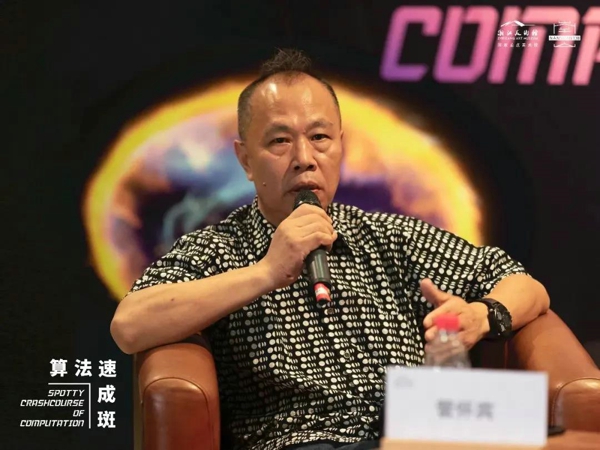
Guan Huaibin, dean of the School of Intermedia Art, CAA
Chen Baoyang said that with the rapid development of technology, he sometimes has to keep dealing with details quickly in order to use an advanced and good tool to assist artistic creation. He said, “The development of science and technology is changing people’s way of cognition, and where cognition cannot reach, our imagination counts.”
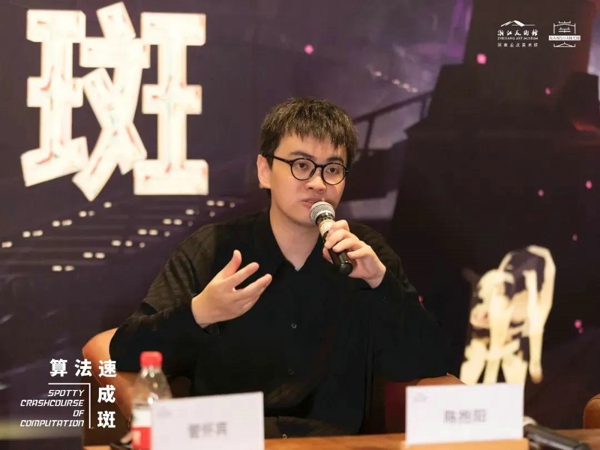
Artist Chen Baoyang
For example, Shan Hai Jing was not considered a ghost novel in the early Ming Dynasty, but rather a plain account of the ancients and a written record of what’s unknown and incomprehensible. The history is long enough to make everyone living in the present work think that today is epoch-making. Today’s progress triumphs what’s done over the past 100 years. In fact, those who live in the world a few decades later will think that we develop slowly now when they look back. The algorithm of art points to the theory of art, and abstract algorithms can be expanded into a kind of rule and a kind of narrative, providing a methodology for artistic creation.” In addition, the artist also explained to the audience the metaphor of the exhibition title - he used to travel to and from Nanshan Road in Hangzhou to attend various tutoring classes when he was a teenager boy, and “spotty” was the word that he would use to describe the phoenix tree flowers floating on Nanshan Road. The spotty flowers and the road of this city leave an indelible mark in the artist’s visual memory.
The “Nanshan 138” Project launches four personal or dual exhibitions of contemporary art created by young artists in Zhejiang. The purpose is to bring local contemporary art into the public view across the country and provide more possibilities for young artists to intervene in contemporary art creation. The exhibition will last until September 5.
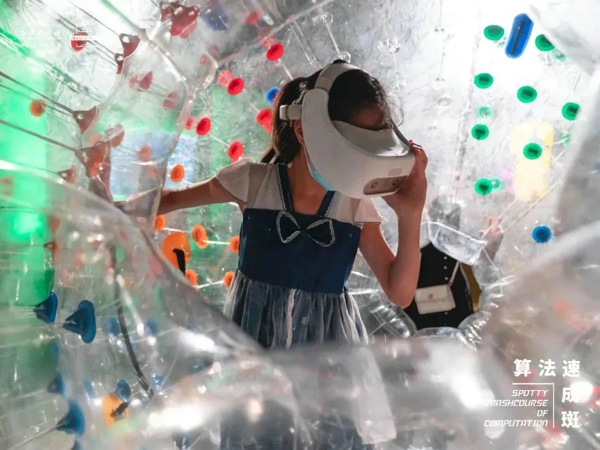
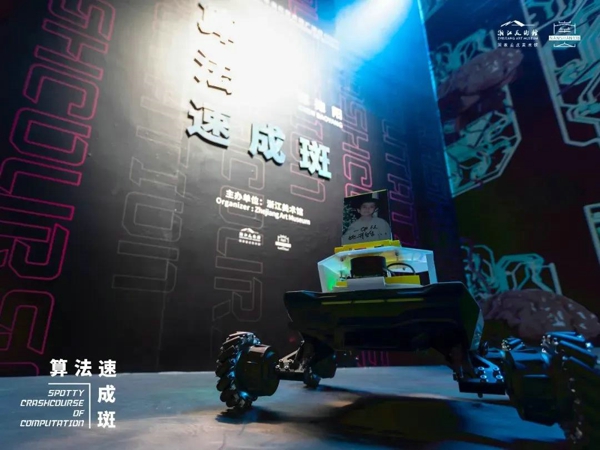
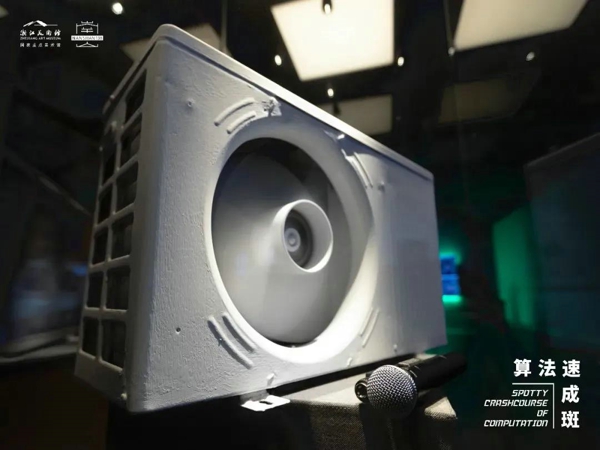
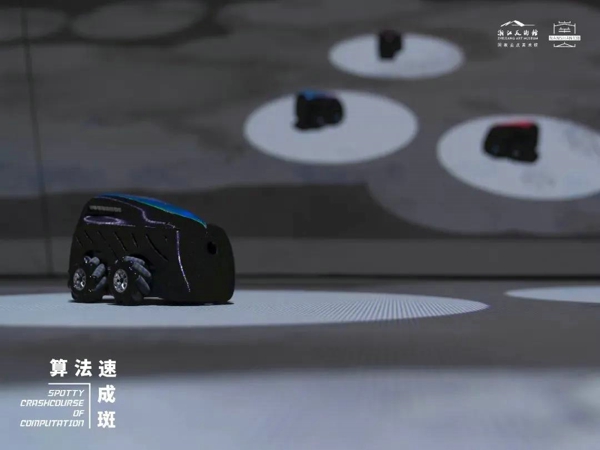
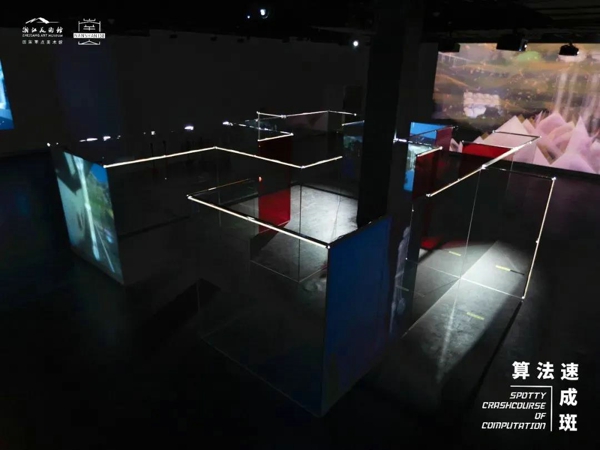
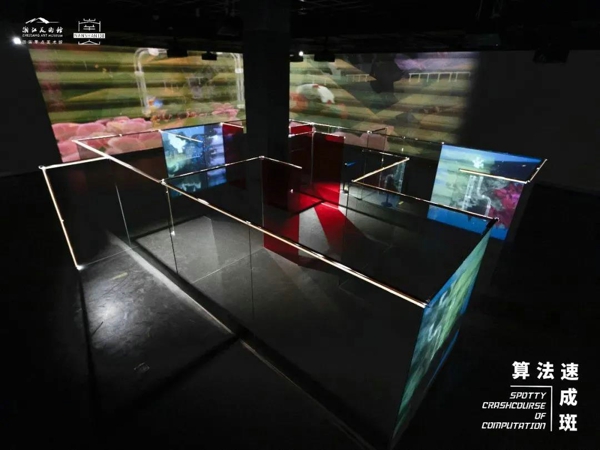
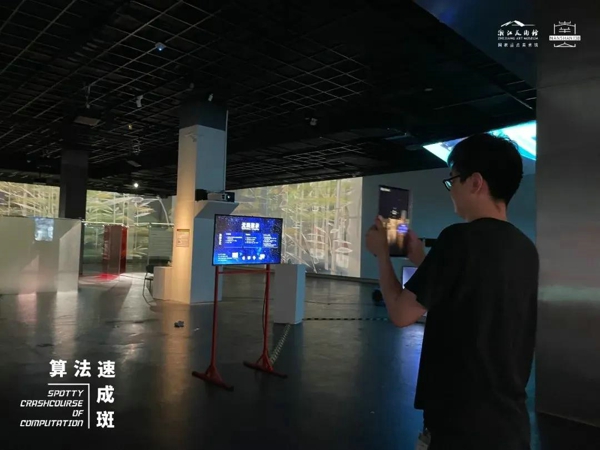
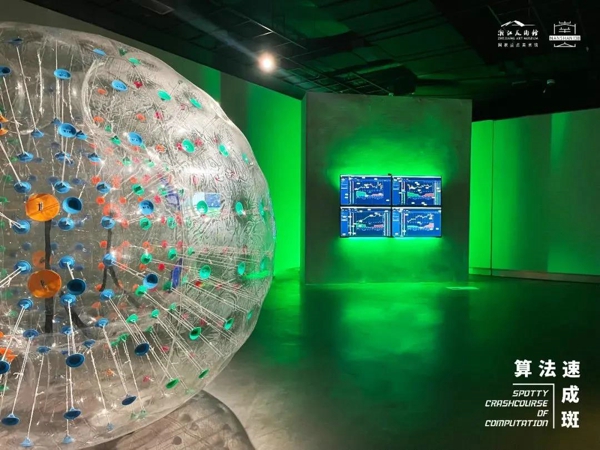
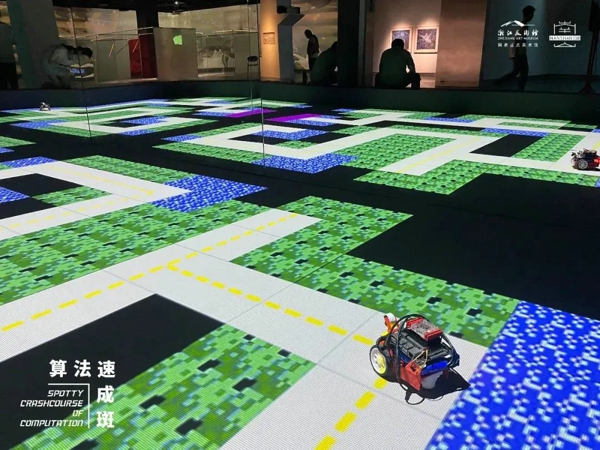
At the Exhibition
 Tel: 0571-87078700 | Site Service:0571-87078700
Tel: 0571-87078700 | Site Service:0571-87078700 Address: NO.138 Nanshan Road Hangzhou Zhejiang
Address: NO.138 Nanshan Road Hangzhou Zhejiang Opening: Tuesday to Sunday 9:00am-5:00pm, Closed Mondays
Opening: Tuesday to Sunday 9:00am-5:00pm, Closed Mondays


















